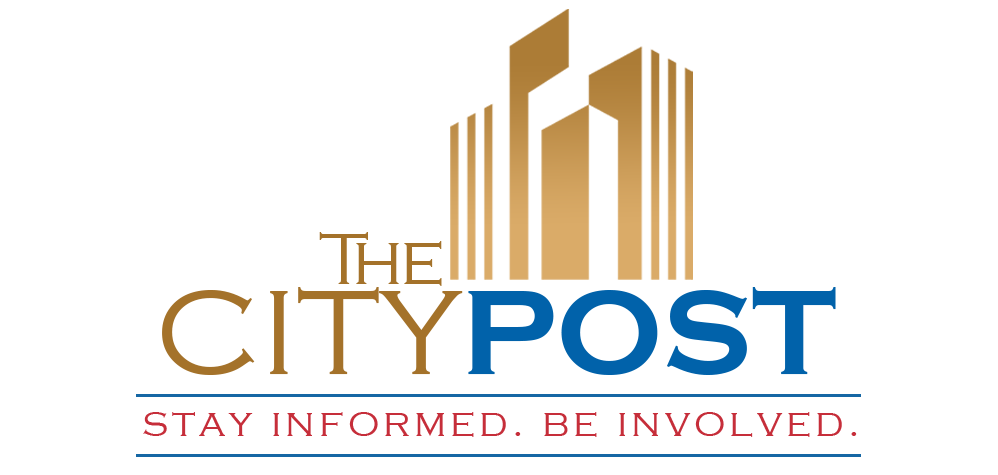A recent Manila Bulletin article on Web3 (see definition in the second paragraph) introduces a transformative concept steadily reshaping the digital landscape. As a nation deeply rooted in education and technology, the Philippines has a golden opportunity to harness Web3’s potential to revolutionize the way students learn and engage with technology. This calls for a dynamic collaboration between the Department of Education (DepEd) and the Department of Information and Communications Technology (DICT) to align educational policies with the rapid evolution of the Internet.
So what is Web 3? Web3, or Web 3.0, represents the next evolution of the internet, where users have more control over their data and online activities, unlike earlier versions of the web that centralized power in big companies, Web3 uses blockchain technology to create a decentralized network. This means the data and services you use online are not stored in one place but are distributed across many locations, giving people more privacy and ownership. In simpler terms, Web3 is about making the internet fairer and safer for everyone by putting more power in the hands of its users instead of just a few companies.
Web3, with its decentralized infrastructure, promises enhanced transparency, security, and efficiency. These features resonate with the digital demands of the future, where students will require skills to navigate decentralized systems, manage blockchain transactions, and understand the significance of data ownership. The curriculum must evolve to integrate foundational concepts of Web3, enabling students to grasp these changes early.
The DepEd and DICT should work together to redesign the K-12 curriculum, integrating lessons on Web3 principles, blockchain, cryptocurrency, and data privacy. By embedding such topics in subjects like ICT, economics, and even social studies, students will develop a holistic understanding of how technology impacts various facets of life.
The DepEd’s role in shaping curriculum standards, complemented by DICT’s technical expertise, could create a synergy that ensures Web3 education is both accessible and practical. Initiatives like hackathons, blockchain workshops, and partnerships with Web3 technology companies could further enrich learning experiences, making education engaging and industry-relevant.
Beyond the curriculum, Web3 tools can redefine educational systems. For instance, blockchain can offer tamper-proof student records, decentralized learning platforms, and secure tuition payment systems. Implementing these solutions will not only improve efficiency but also prepare students for a world increasingly reliant on decentralized technologies.
This collaboration aligns with the government’s broader goal of digital transformation. By investing in teacher training and technology infrastructure, the DepEd and DICT can ensure that even schools in remote areas benefit from these advancements. Equal access to technology-driven education will help bridge the digital divide and empower all Filipino students.
The warm embrace of Web3 within the educational sector also emphasizes the need for responsible use. Policies that safeguard data privacy and promote ethical digital behavior should be integral to the program. Such measures will instill in students a sense of responsibility as digital citizens.
In conclusion, the DepEd and DICT must seize this moment to integrate Web3 into our education system. Their collaboration can lay the foundation for a tech-savvy generation equipped to lead the country into the future. A shout-out to all government agencies: Let’s work together to transform today’s Internet into a stepping stone toward a brighter, more inclusive digital future for our youth.
With the proper blend of vision, policy, and execution, the Philippines can lead in creating an educational system that not only adapts to but thrives in the era of Web3.
—————
Rafael “Raffy” Gutierrez is a veteran Technology Trainer with over 25 years of experience in networking, systems design, and diverse computer technologies.




